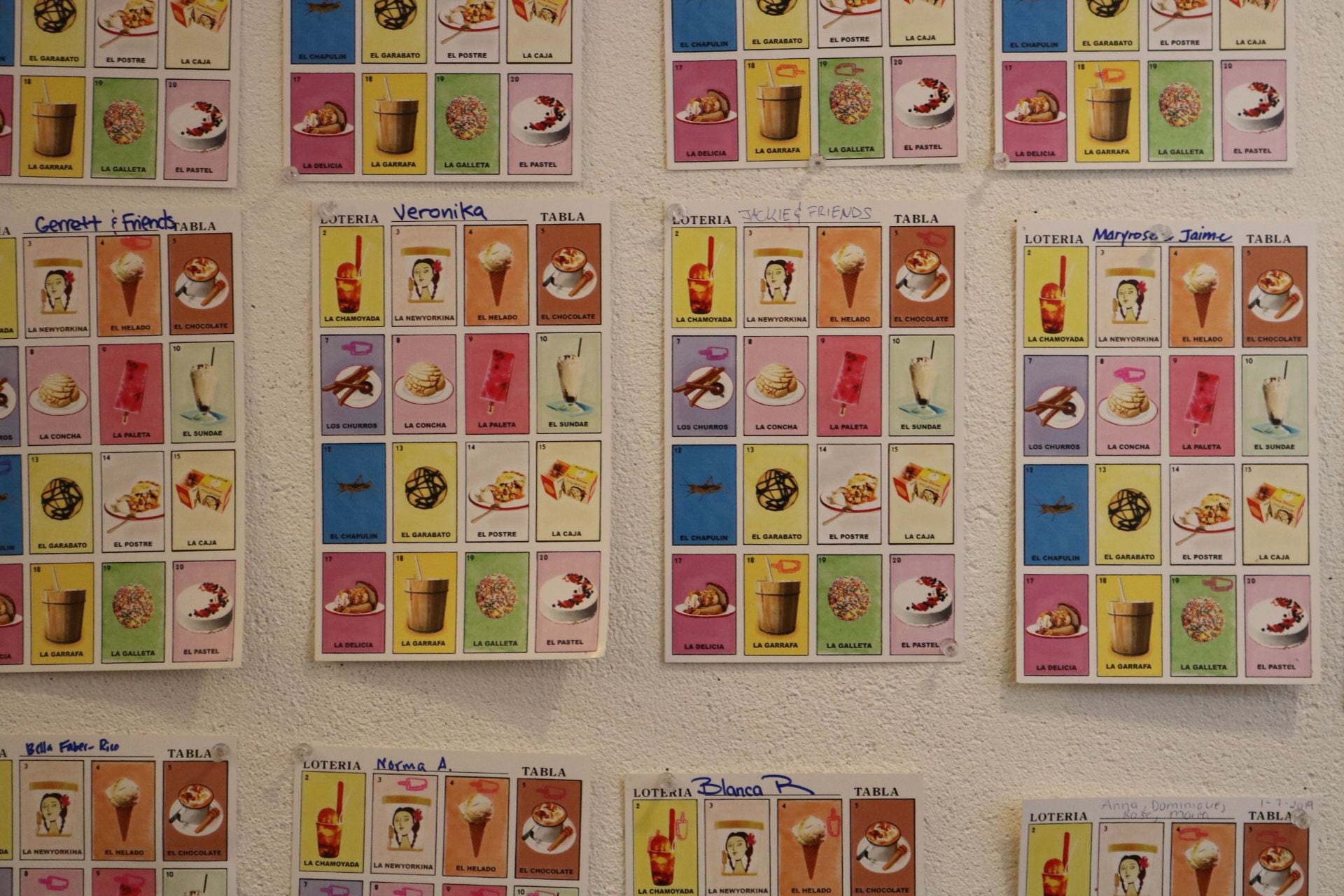The Gentrification of New York
Eleanor Torres
Integrated Studio 2 – Constructed Environments
January 29, 2019
In this assignment, through a photo essay, I explore the social inequalities of gentrification. Specifically the gentrification of the city of New York, where I have taken my photos. These photos were taken in two different shops. One, a hispanic bodega and the other a hispanic inspired shop.
Bodega in East Harlem
La Newyorkina in the Village
What do they suggest about social inequality?
Gentrification has been an ongoing process, its roots in the history of segregation and consumerism. As a society today we have become more aware of our complex economic system than before, and as educated consumers we have begun to question and inspect why things like gentrification take place. In my photos are the contrast between a ‘authentic’ Hispanic shop and a gentrified one. I am concerned about gentrification taking place because I believe it will result in a loss of culture and the displacement of economically disadvantaged people who are usually minorities, which one day could include myself. It’s for this reason that I believe gentrification to be a of social inequality. When banks and investors profit off of the social displacement of poor people of color, it becomes morally and socially an issue that concerns race. And while it’s not the product of racism it definitely has historic ties and because of this it helps perpetuate de facto racial housing segregation.
In New York the social inequality can be seen the ongoing gentrification of the city. In the two stores above, the first is authentic because it is actively part of a Latina community and sells authentic products of that community. The second is gentrified because it is only selling a product ‘inspired by’ the culture but does not actively participate in the culture and likely does not do more for the collective culture of the community than it it does for the local economy. So while it is technically beneficial to community it does nothing to maintain the culture it advertises. Its places like these, whose owners and investors increase the property value of the ‘run down’ neighborhood and drive out the former tenants who can no longer afford to live in the community they built.
I feel the complexity of this issue is not captured in my project or photos alone as gentrification runs deep enough to encase our generation with debates on concern that will surely last years to come as it progresses. I almost feel as though gentrification is an inevitable result of capitalism and will remain inevitable as long as let it. While I can’t be against the economic prosperity of others, I am against the economic prosperity at the expense of others. I believe if we can find some middle ground to aid the current residents of communities such as those in East Harlem so that they may stand their ground and benefit off of the growing economy though it may take time, so that gentrification does not displace them but works with them in creating a better environment, whilst maintaining culture.






